Cheetahs are known for their incredible speed, and beautiful spots. These fleet-footed predators are capable of incredible speed when running in short sprints. Cheetahs are truly incredible and unique animals. Read on to learn about the cheetah.
Description of the Cheetah
These cats are lean and lanky, allowing them to reach incredible speeds. They have tan-colored fur with solid black, round spots. They have very long legs, a long narrow tail for balance, and a deep chest that contains large lungs.
Cheetahs have round ears, and black markings running from the inside of the eye to the corner of the mouth, this pattern gives a “running makeup” look to the face.
Interesting Facts About the Cheetah
These big cats are incredibly unique, not just from other animals but even from other big cats. Read on to learn what makes these felines so impressive.
- King of Speed – You can’t have an article about cheetahs without talking about their incredible speed. Cheetahs are the fastest land animals, and the fifth fastest animals on earth (behind the peregrine falcon, and a few other birds). These predators can run up to 70 mph in short bursts! The fastest human ever recorded ran a measly 22 mph.
- King of Color – Similar to the case with black panthers, cheetahs are capable of having unique coat patterns. One pattern, referred to as a “King Cheetah,” has three dark stripes along the back, and large, blotchy spots. The gene responsible for this coloration is the same gene that determines color patterns in domestic tabby cats!
- King of Acceleration – Being the fastest land animal is definitely impressive. What else is impressive? The speed at which cheetahs can accelerate! These cats can reach 70 mph in just three seconds!
- King of the Daylight – Because cheetahs are lightweight and fragile, they do not compete well with other big cats. Cheetahs share a range with many other predators. To avoid conflict and dangerous interactions, cheetahs hunt during the day. Most other large predators hunt at night, allowing cheetahs are able to avoid danger and competition.
- Who’s Really King of the Jungle? – Lions are frequently considered kings of the jungle, but why? The males let the females do their hunting for them, they don’t hold any world records for speed… If you ask us, cheetahs deserve to be king!
Habitat of the Cheetah
Cheetahs are frequently observed in savannahs, dry and scrub forests, and grasslands. These predators used to cover a much wider area than they currently range. This suggests that cheetahs may have inhabited more habitats, but have since been driven out.
Distribution of the Cheetah
Cheetahs are currently found mainly in eastern and southern Africa, where they are confined to very small, fragmented habitats. The greatest volumes of cheetahs can be found in Zimbabwe, Angola, Zambia, Botswana, northern South Africa, Malawi, Namibia, and Mozambique. Iran has a very small population of cheetahs, and there are possibly cheetahs in Afghanistan and Turkmenistan.
Diet of the Cheetah
Because cheetahs are light and lean, they typically hunt smaller prey than other big cats. Their prey is usually between 51 and 123 lbs., and mostly consists of mammals. Some common prey species include gazelles, blesbok, springbok, duiker, and impala. Groups of cheetahs will occasionally bring down larger prey.
Cheetah and Human Interaction
Humans have been chipping away at cheetahs’ habitats for decades. Urbanization and land development displaces animals, and reduces the amount of prey available. This has caused a significant decline in cheetah populations throughout the 20th century. Cheetahs have been restricted to a tiny portion of their natural range. In fact, they have been eliminated from 89% of their historic range.
Unfortunately this also causes additional, direct, human conflict. Livestock are slow, fat, and easy to catch. Cheetahs and other big cats will frequently hunt livestock, resulting in intense hatred from ranchers and farmers. When livestock is killed, farmers will hunt any cats in the area and kill them.
To try and combat the decline from both indirect and direct human conflict, a number of different actions have been taken to protect the remaining cheetah populations. Ecotourism provides income for the villagers who would otherwise lose money due to cheetah predation of livestock.
Domestication
Depending on who you ask, cheetahs may have undergone some domestication. Ancient Egyptian depictions of cheetahs suggest that they were commonly owned by royalty. The animals were also used in a similar fashion to golden eagles and falcons in falconry. They were selectively bred based on their friendliness towards humans, and hunting ability.
Does the Cheetah Make a Good Pet
Nowadays, private ownership of cheetahs is generally frowned upon. Only individuals with extensive training and knowledge of these animals (as well as lots of money) should even consider owning any big cat.
Cheetah Care
Cheetahs require plenty of space to run, and a carnivorous diet. Animals in human care must be provided with as much variety as possible, and will frequently be given “fast days” similar to hunting patterns in the wild.
They are also taught different behaviors via positive reinforcement. This provides mental stimulation, as the cheetahs do not have to hunt their own food and can get “bored.” Big cats are frequently taught behaviors to assist in their care, for example many big cats are taught to voluntarily give blood by presenting their tail through a barrier.
Behavior of the Cheetah
Cheetahs live in groups of mothers and their young. Once the young are independent adult females, they become largely solitary. Males are territorial, but will live in groups of animals called “coalitions.” The males establish large territories together to allow the greatest likelihood of encountering females. Females are not territorial.
Reproduction of the Cheetah
Males will fight over breeding rights to a female, even those within a coalition. After mating, the pair ignores one another and parts ways. They will mate multiple times over the next few days, until the female is no longer receptive. The female may also mate with other males during this time.
The female has a gestation period of approximately three months. The cubs begin to follow the mother at about six weeks old, and start to wean off their mother’s milk between three and six months old.
Starting at six months old, the cubs will begin learning to hunt, but they will rarely be successful at making their own kill until they are over a year old. The cubs may stay with their mother almost two years.

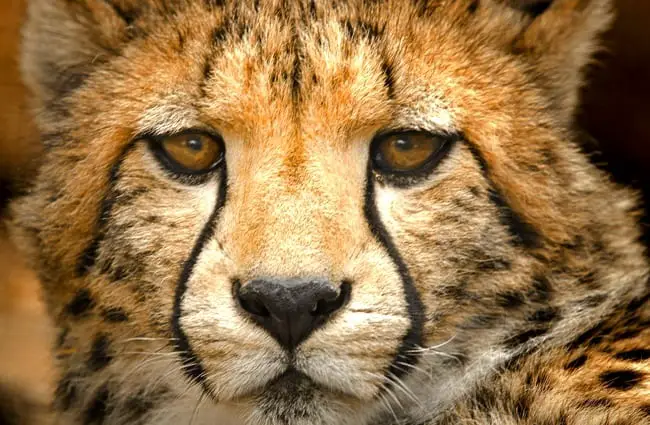
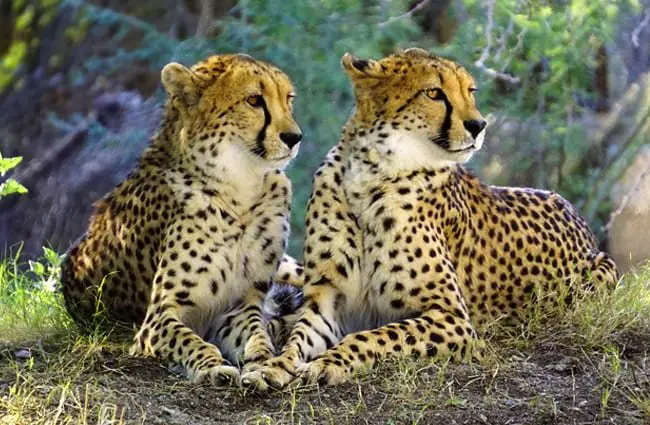
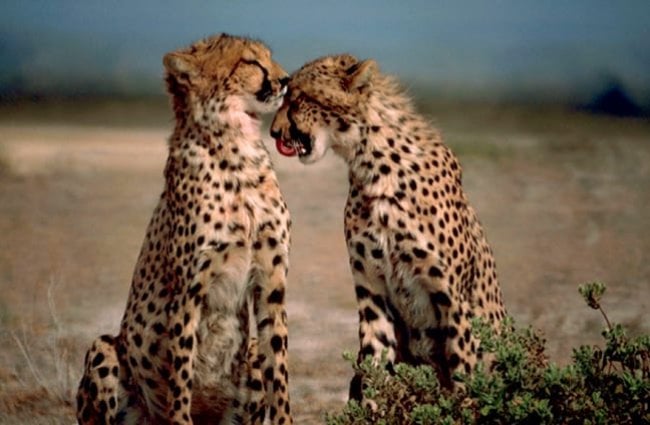
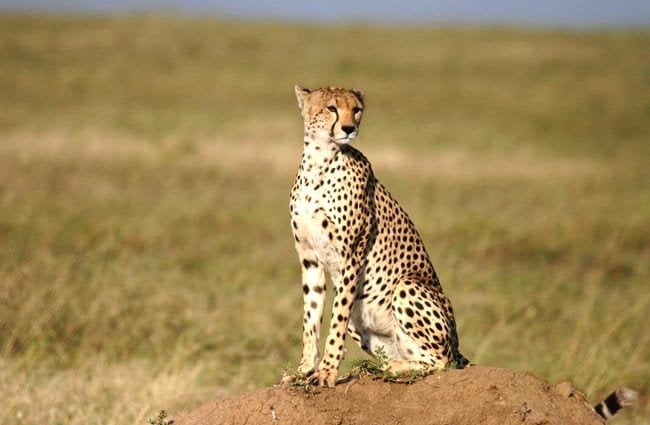
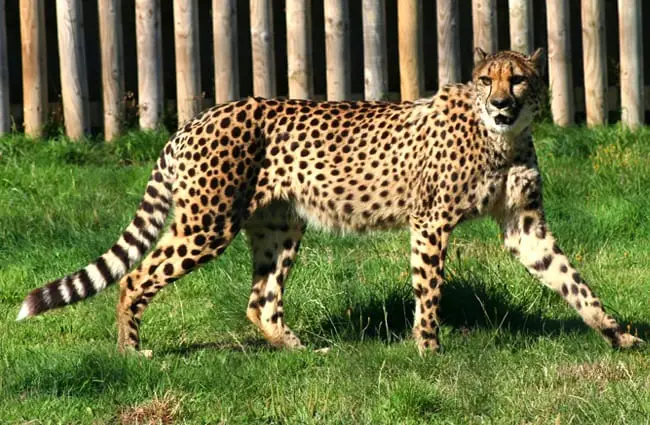
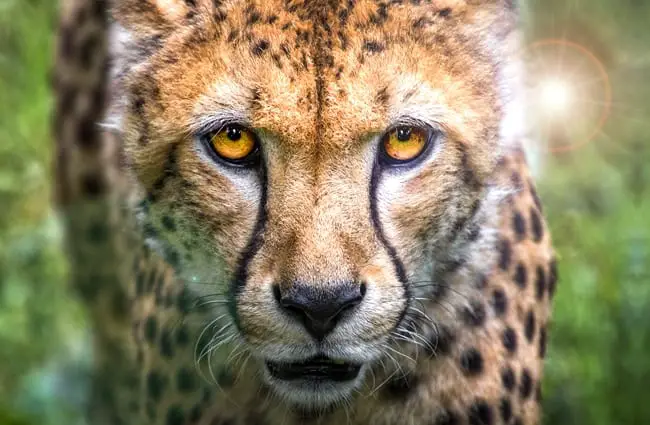
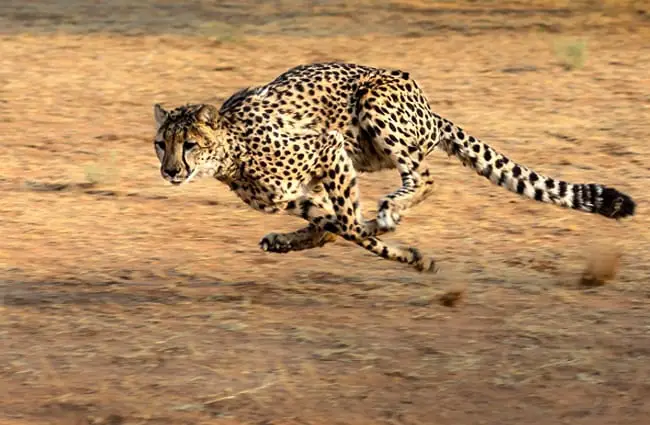
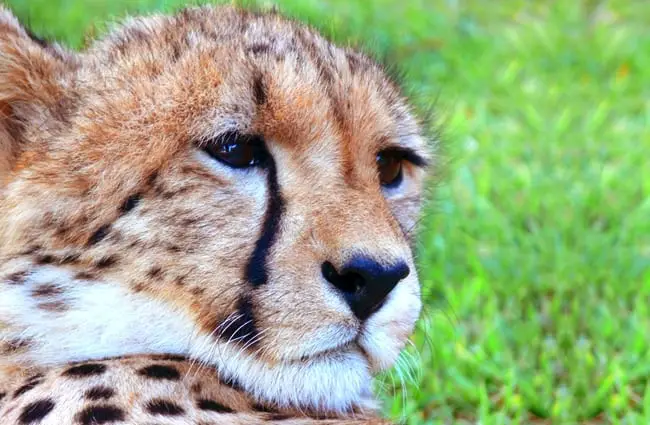
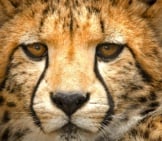
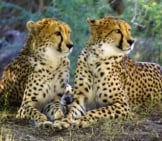
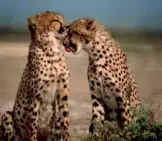
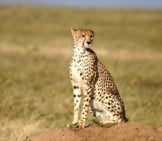

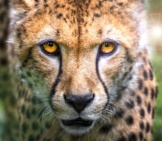
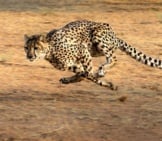

![Red Angus Closeup of a beautiful Red Angus cowPhoto by: U.S. Department of Agriculture [pubic domain]https://creativecommons.org/licenses/by/2.0/](https://animals.net/wp-content/uploads/2020/03/Red-Angus-4-238x178.jpg)








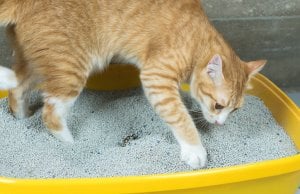



![Red Angus Closeup of a beautiful Red Angus cowPhoto by: U.S. Department of Agriculture [pubic domain]https://creativecommons.org/licenses/by/2.0/](https://animals.net/wp-content/uploads/2020/03/Red-Angus-4-100x75.jpg)

